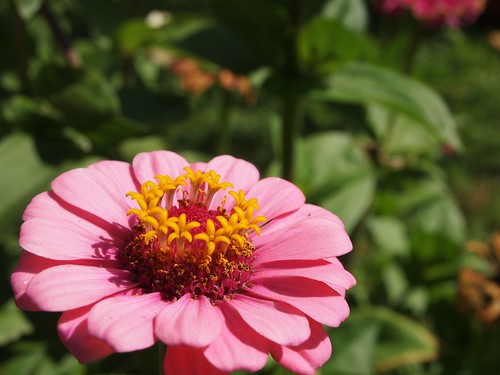
This Garden Vocabulary series seeks to introduce and explain to you — and in many cases, myself — words and terms associated with gardening. Please let me know if there are any terms you would like me to explore. You can leave your ideas in the comments section and we can learn together!
Petal
Petals are modified leaves that surround the reproductive parts of flowers. They are often brightly colored or unusually shaped to attract pollinators. Together, all of the petals of a flower are called a corolla. Petals are usually accompanied by another set of special leaves called sepals lying just beneath the corolla. When the petals and sepals of a flower look similar they are called tepals. Examples of plants in which the term tepal is appropriate include genera such as Aloe and Tulipa. Conversely, genera such as Rosa and Phaseolus have well-distinguished sepals and petals.
Read the entire article on Wikipedia, Petal, http://en.wikipedia.org/wiki/Petal
You would think that petals would be easily identified and understood, but plants are infinitely variable and sometimes what we see as petals are actually, botanically other structures. One that jumps to mind is the colorful “flowers” of bougainvillea with their striking red, pink or purple coloring. On this plant the large colorful structures are not the flower petals themselves but actually “bracts” surrounding the smaller and less impressive flower of the plant.
Petals are almost always designed to attract appropriate pollinators to the flowers and research has shown that bees and other insects actually see different colorations that the human eye — attracting them even more. While we find beauty in flower petals, they are important, productive structures to the plants themselves. The beauty is all in service of the main goal of propagation and continuation of the species.

Zinnia flower with multiple petals taken in family garden in Mascalucia, Sicily, Italy
More information on petals:
- Flower Terminology at Palomar.edu
- Flower opening and closure: a review from Oxford Journals
- Flower parts from Florida Gardener
Previously on Garden Vocabulary: